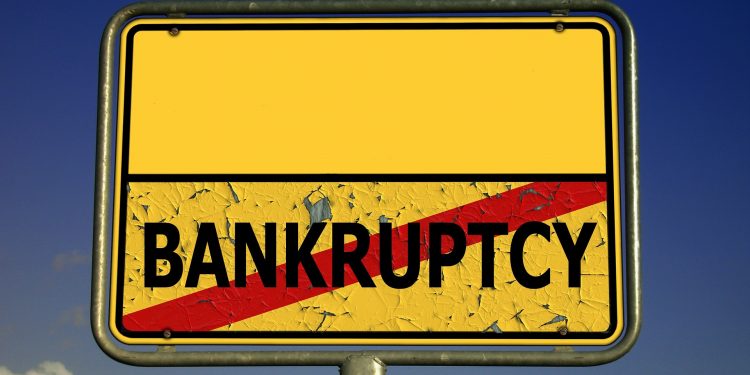Credit Sometimes good data means bad news down the road.
Supreme Court Justice John Roberts calls out the reduced bankruptcy workflow in his Year-End Report on the Federal Judiciary. For bankruptcy, record low numbers mean results will probably increase next year rather than increase. Marketwatch reports:
- September 2010 court statistics show that during the depths of the Great Recession, almost 1.6 million bankruptcy petitions were filed, with 1.53 million consumer cases making up the vast majority of the cas eload.
- Eight years later, the amount of new cases has been cut by more than half. In September 2018, there were more than 770,000 cases filed from broke businesses and individuals looking to get their finances together through court-ordered debt-forgiveness and repayment plans. Consumers accounted for 97% of the cases.
So, why, you ask? Is the economy so good that people have not overspent?
- In fact, bankruptcy petitions haven’t been so low since 2007, Roberts said Monday in his annual summary of the federal courts.
- Yet the relative silence in bankruptcy court halls, at least when it comes to consumer cases, might not be entirely golden.
- People may not be filing for bankruptcy because it’s too expensive to do so, and they might have too few assets to protect, bankruptcy experts told MarketWatch. Besides, some added, more cases might be around the corner.
- “People can’t afford paying lawyers to file for bankruptcy,” Chicago attorney Lorraine Greenberg said. She cited a 2005 legislative overhaul. The Bankruptcy Abuse Prevention and Consumer Protection Act generated more work for lawyers, who were forced to raise their own rates for clients, she said.
When will numbers increase?
- A strong jobs report Friday said the American economy gained 312,000 new jobs in December. The unemployment rate edged up to 3.9% from the 49-year low of 3.7%. The slight rise could actually be a good thing, indicating that people think it’s easier to land a job.
- Kilpatrick recalled conversations last month with four separate lawyers for debtors. Three of the four told him it was the busiest December they’ve had in the last six years, Kilpatrick said.
Its easy to do linear forecasting and see a bright future for collection volumes, which often tie to bankruptcy trends. However, it is too early in the year to be optimistic. Record low numbers tend to bounce back up, and no one wants a loan loss surprise in 2019.
Overview by Brian Riley, Director, Credit Advisory Service at Mercator Advisory Group











